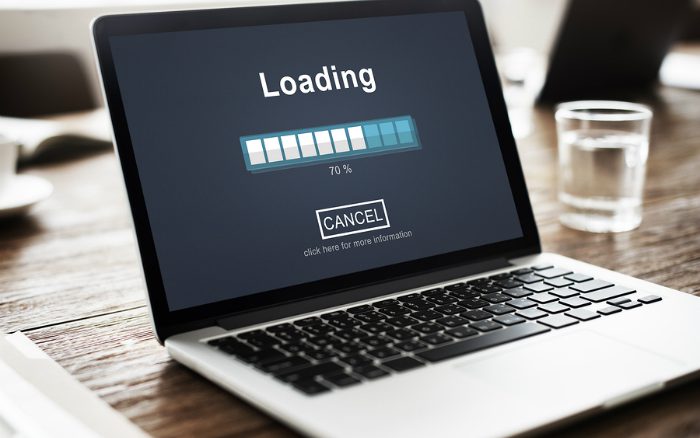Website speed has long been recognized as a important factor that impacts search engine rankings. And a top factor in Search Engine Optimization (SEO).
Slow website speed creates a bad user experience, one that may result in visitors not coming back to your website or going to your competition. And that it even more important than search rank because search engines don’t buy products, people do.
Is website speed a concern for your site? If it is, what can you do about it?
Here are 14 key facts on website speed and 4 top fixes when it’s slow.
14 KEY FACTS ON WEBSITE SPEED
- 80% of a Web page’s load time is spent downloading the different pieces—parts of the page: images, style sheets, scripts, Flash, etc. (Yahoo!)
- 79% of web shoppers who have trouble with website performance say they won’t return to the site again. (KissMetrics)
- 73% of mobile internet users say that they’ve encountered a website that is too slow to load. (Fiverr)
- 51% of mobile internet users say that they’ve encountered a website that crashed, froze, or received an error. (Raven)
- 47% of consumers expect a website speed page load in 2 seconds or less. (Innovation Insights)
- 44% of them would tell a friend if they had a poor experience shopping online. (GlobalDots)
- 40% abandon websites that take more than 3 seconds to load. (KissMetrics)
- 38% of mobile internet users say that they’ve encountered a website that wasn’t available. (Shoprocket)
- 22% is the average increase in website load speed per year. (Radware)
- 18% of mobile users will abandon a website if it doesn’t load in less than 5 seconds. If it takes more than 10 seconds to load, 30% will abandon the site. (KissMetrics)
- 5 seconds is the average page load time this year. (Pingdom)
- A 1 second delay in page response can result in a 7% reduction in conversions. (eConsultancy)
- If an e-commerce site is making $100,000 per day, a 1 second page delay could potentially cost you $2.5 million in lost sales every year. (Amazon)
- Users begin to drop off a site when its response time is longer than 2.5 seconds. (Forrester)
4 TOP TIPS WHEN IT’S SLOW
- Website hosting: The website hosting provider and technology you choose can have a significant effect on your page load times. Dedicated hosting solutions are preferable over shared hosting so you do not have to worry about other websites on the same server as yours slowing your website down.
- Enable browser caching: The first time someone comes to your website, they have to download the HTML document, style sheets, JavaScript files and images before being able to use your page. That may be as many as 30 components and 2.4 seconds. Fortunately, certain website platform like WordPress offer caching plug-ins. They require setup and testing but can be a big help with your website recognizing and quickly processing the many elements it has to.
- Optimize images: Oversized images take longer to load, so it’s important that you keep your images as small as possible. Use image editing tools to:
- Crop your images to the correct size. For instance, if your page is 570 px wide, resize the image to that width.
- Reduce color depth to the lowest acceptable level.
- Remove image comments.
- Optimize CSS imagery: CSS holds the style requirements for your page. Generally, your website accesses this information in one of two ways: in an external file, which loads before your page renders, and inline, which is inserted in the HTML document itself. When setting up your styles, only use one external CSS style sheet since additional style sheets increase HTTP requests. Two resources to help are:
- CSS Delivery Tool—it tells you how many external style sheets your website is using.
- Instructions for combining external CSS files.
If website speed is important for you, a good tool to examine website speed for your site is Google PageSpeed Insights. This is a good resource to get started, help understand your website speed and what top tips will be the biggest help if your website speed is slow.
Did this teach you something new about website speed? Do your need help with yours?








[…] for example, it will create a negative customer experience and also negatively impact sales. Over 47% of consumers expect a website to load within 2 seconds or less, while A 1 second delay in page response can result in a 7% reduction in […]